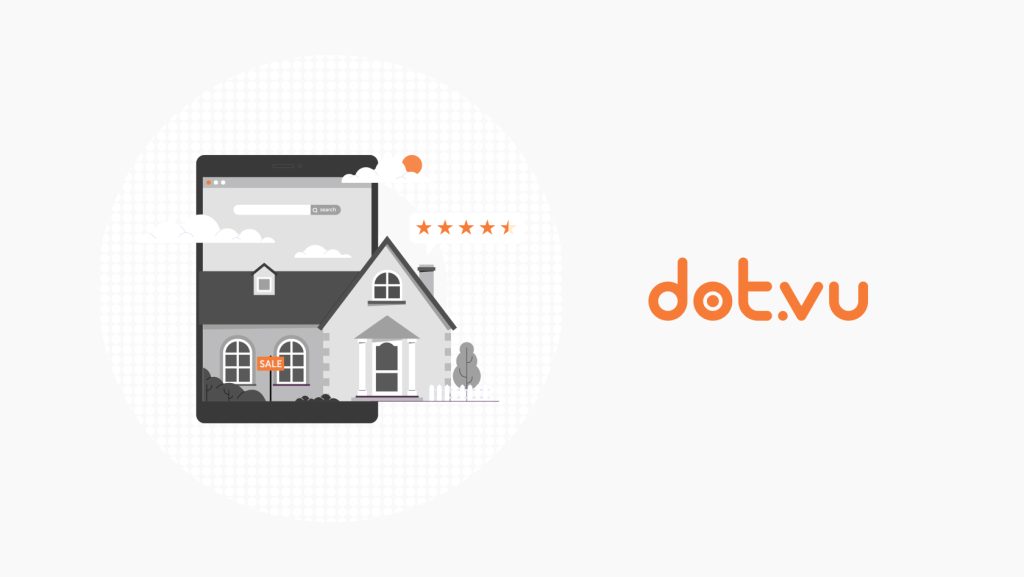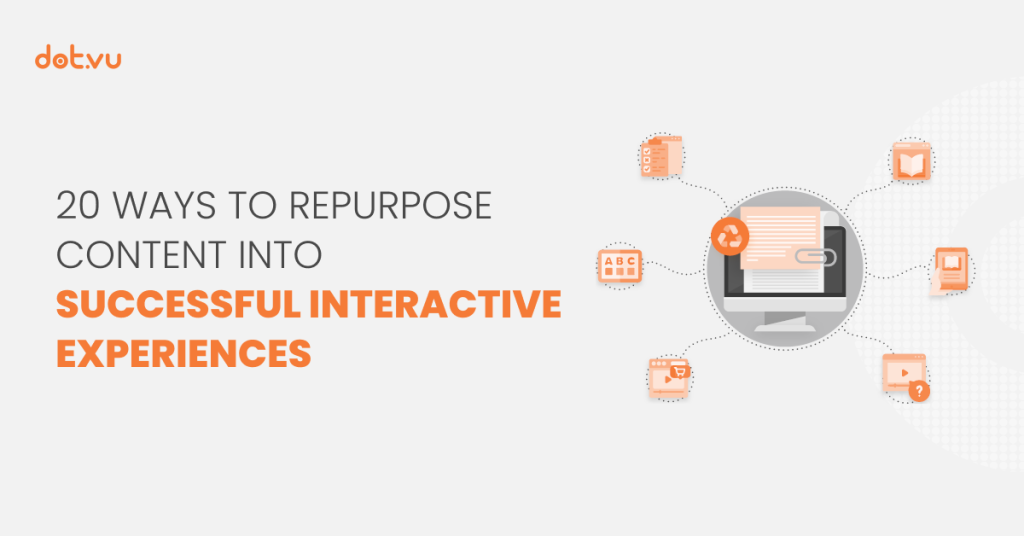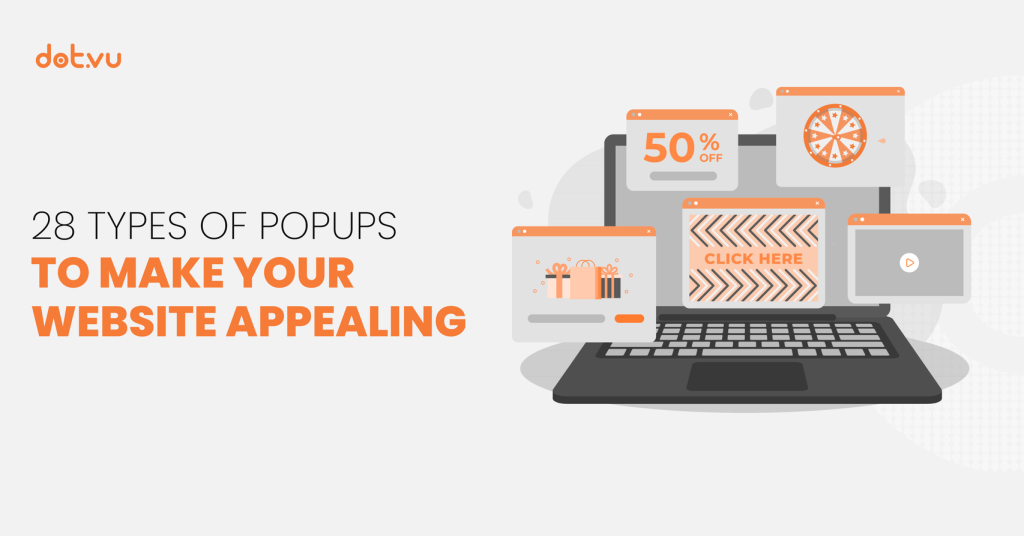
As behaviors and preferences evolve, so should every industry, sector, and department if they intend to meet their goals. This includes the Human Resources (HR) department. Organizations are always seeking innovative approaches to all aspects of the HR function to foster a positive workplace culture.
Most of the workforce consists of employees within the Millennial and Gen Z categories. However, 60% of Gen Z employees are struggling with isolation, motivation, and a lack of opportunities to network. Therefore, HR needs to pay special attention to this growing age group to maintain a good working environment.

One cutting-edge HR method that appeals to this age group is gamification. By integrating game elements into HR processes, businesses are transforming mundane tasks into interactive and rewarding experiences.
In this blog, we’ll explore the concept of gamification in HR, its benefits, and how organizations can leverage this approach to create a more engaging and effective workplace.
- What is gamification?
- 5 Examples of HR gamification
- Elements of gamification in HR
- Drive organizational success with HR gamification
What is gamification?
Gamification involves applying game elements such as quizzes, assessments, and leaderboards, to non-game contexts to encourage user engagement and motivation.
Many organizations are adopting this technique to transform traditional processes. It encourages employees to actively participate in activities that contribute to personal and organizational growth.
An additional benefit of implementing gamification is its inclusivity. Currently, 56% of global companies have adopted a remote working culture, while 95% of working professionals would prefer to work remotely. So, it doesn’t matter whether your employees are on-site or remote, they can all participate in gamification activities that you launch.

5 Examples of HR gamification
Gamification can be implemented in various HR functions. Here we’ll explore how each function can benefit from it with some examples:
1. Training and development
Employee training and development is an essential policy in any organization that can set the company apart. By providing employees with the opportunity to develop their skills, it will indirectly boost productivity and contribute to a thriving work culture. Plus, a strong learning culture can help you increase retention rates by up to 50%.
Gamification in training is a proven method to take training to the next level by keeping your employees engaged during the whole learning process. By introducing a gamified training experience, companies have reported a 60% engagement increase. Additionally, it managed to increase productivity by 89%!
For example, after a learning module, get the participants to take a Quiz with Leaderboard. They’ll be competing with their colleagues to see who managed to get the highest score. You can also add a reward at the end to incentivize them. It’ll surely boost their motivation to do well! This method can also be used for the onboarding process.
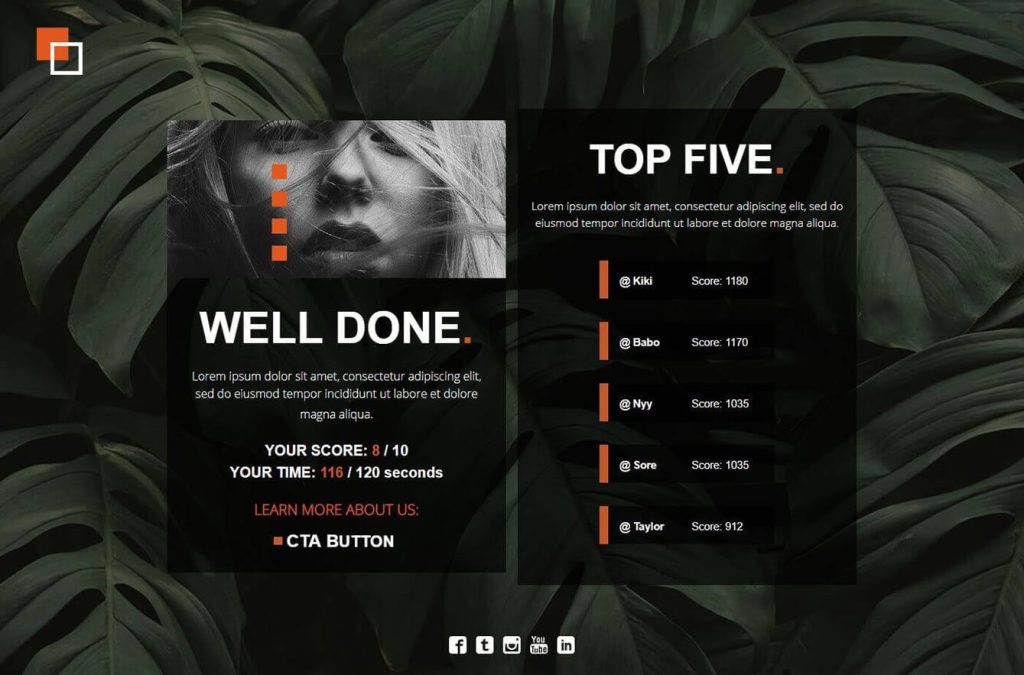
2. Recruitment
Traditional recruitment methods often do not provide enough information for a person to make a hiring decision.
Gamification in recruitment makes the recruitment experience more interactive, fun, and informative. By incorporating game-like elements such as assessments, simulations, and quizzes, companies can engage candidates and better assess their skills.
Plus, you will be able to set an example of your fun culture and values. 78% of candidates say a gamified recruitment process would make them more excited to work for the company.
You can set up a Candidate Test with key questions that will enable you to better understand your prospective candidates. It will also give you the chance to elaborate more about the vacant position and excite the candidate with all the opportunities they will get if they join you.
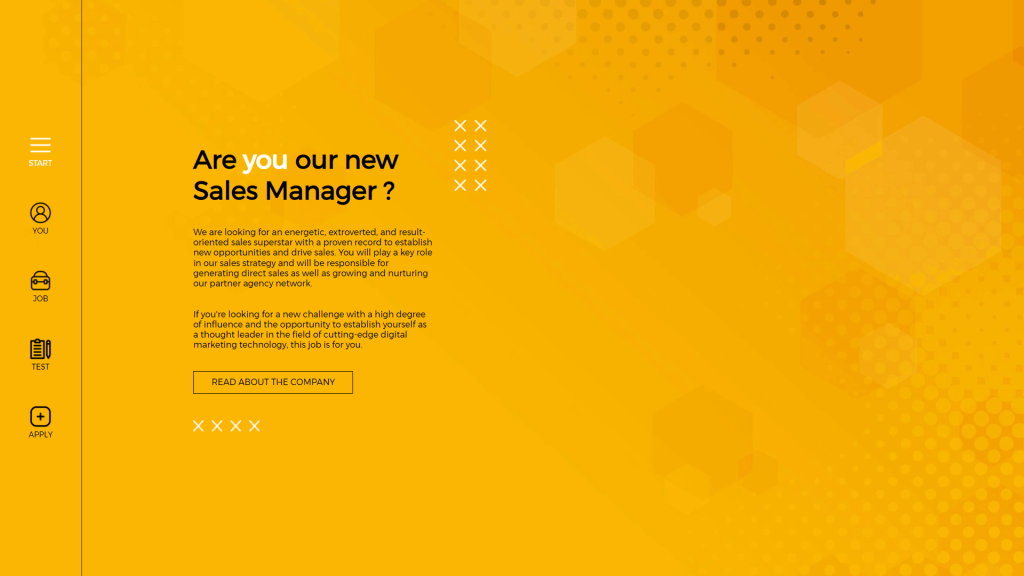
3. Employee engagement
Do you often have difficulty getting all employees to fill out the yearly employee survey? Or to get them to participate in townhall discussions?
Try gamifying it! People dread answering questions on a plain piece of paper, or in a simple online form. Create an attractive Employee Satisfaction Survey, add in your company colors, offer additional staff discounts for completed surveys – and watch your worries fade away!
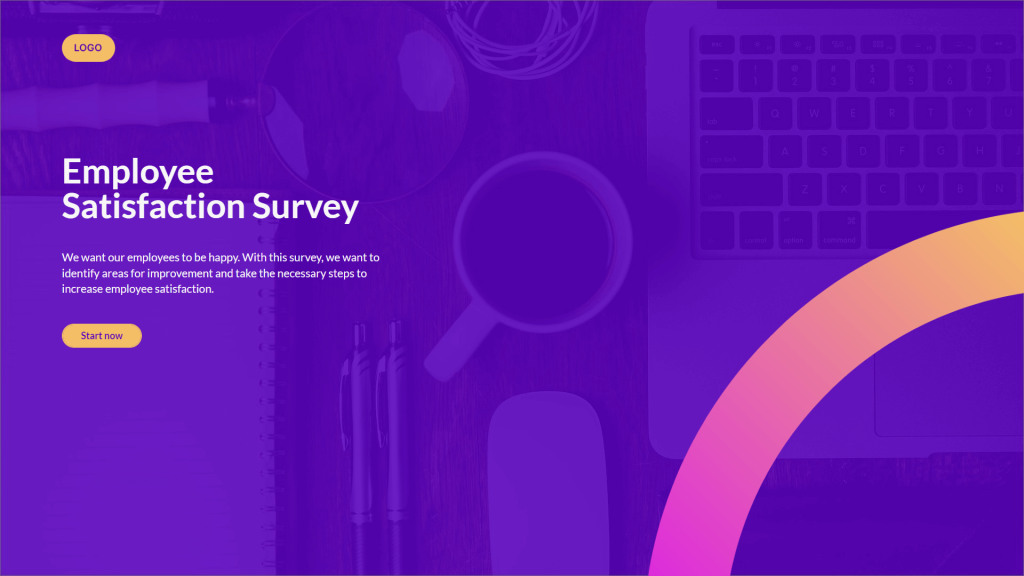
4. Team building
HR gamification introduces healthy competition among employees, promoting teamwork and collaboration. By incorporating leaderboards and rewards, organizations can create a positive competitive atmosphere that encourages employees to strive for excellence. wo
Furthermore, when you get to know your colleagues better, you build familiarity and a sense of community. Familiarity is proven to boost performance. Plus it is able to reduce employee turnover by 54%.
When all employees are in a single location, companies would plan team outings and get-togethers to foster team building. Even so, it can be costly to organize this often.
What happens if you have a remote team? One effective (and cost-efficient) way to encourage teambuilding is with an interactive game. Get your team to compete against each other in a fun Avoid The Walls game. Of course, it has a leaderboard at the end to add that dash of competitiveness and excitement.

5. Boosting performance
Setting up performance-based challenges and competitions with rewards can motivate employees to excel in their roles. Recognition in the form of badges or points is a great workplace gamification example, as it can instill a sense of accomplishment, driving employees to achieve their goals and contribute to the overall success of the organization.
You can create a Level Up Quiz where employees can update their latest performance and unlock new skill levels! Addon badges that they can collect along the way to signify their achievements.
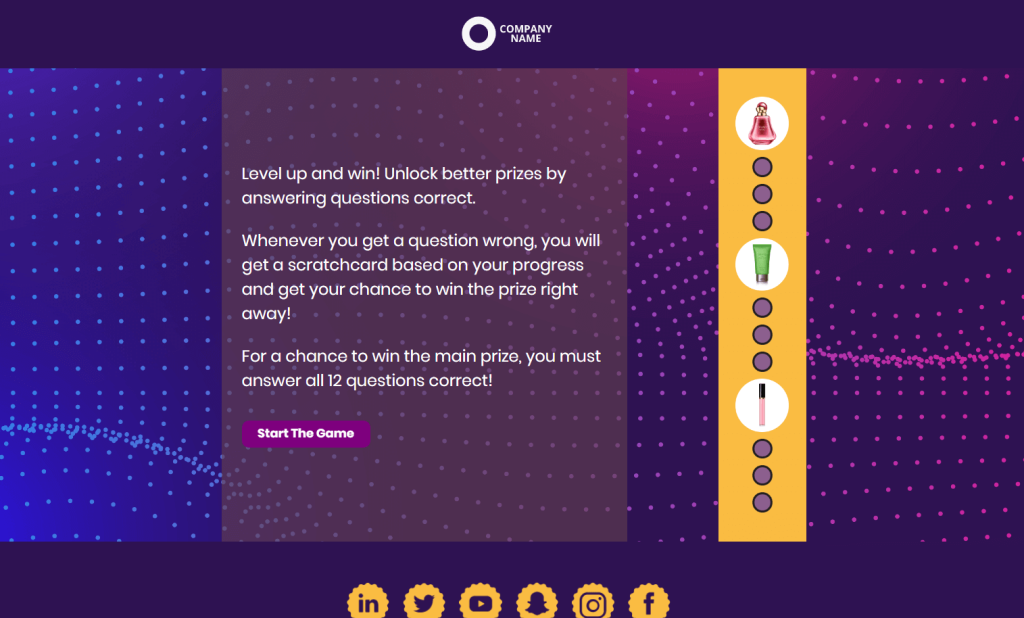
Elements of gamification in HR
There are many ways you can incorporate gamification elements in HR. It all depends on what you aim to achieve. You do not need to confine yourself to only a single element. For example, a quiz is visually appealing, provides a challenge, and can also include a leaderboard.
Mix and match the different elements and you’ll be on your way to creating a fun, engaging, and happy working environment!
Here are the most popular elements of gamification that you can include in plans to boost employee morale:

Source: Mauve Group
Create a sense of achievement:
- Provide the opportunity to earn badges and prizes
- Enable employees to unlock levels
Encourage workplace socialization:
- Create cooperative ice breaker games to foster teamwork
- Enable social sharing
Boost employee engagement:
- Create constant challenges
- Make sure the design is attractive and appealing
Create friendly competition:
- Have leaderboards so employees can compete against each other
- Include points and gifts, which will indirectly help to increase engagement
Drive organizational success with HR gamification
HR Gamification is not just a passing trend; it’s a powerful tool that can significantly transform the workplace experience. By infusing elements of play, competition, and rewards into HR processes, you can cultivate a more engaged, motivated, and high-performing workforce. As the business world continues to evolve, embracing gamification in HR may well be the key to unlocking the full potential of employees and driving organizational success.
Explore Dot.vu’s collection of 300+ highly engaging templates that are user-friendly and fully customizable. It has an easy drag-and-drop Editor function so you can make changes without needing any IT skills. Try out a template today and start unleashing employees’ full potential!

